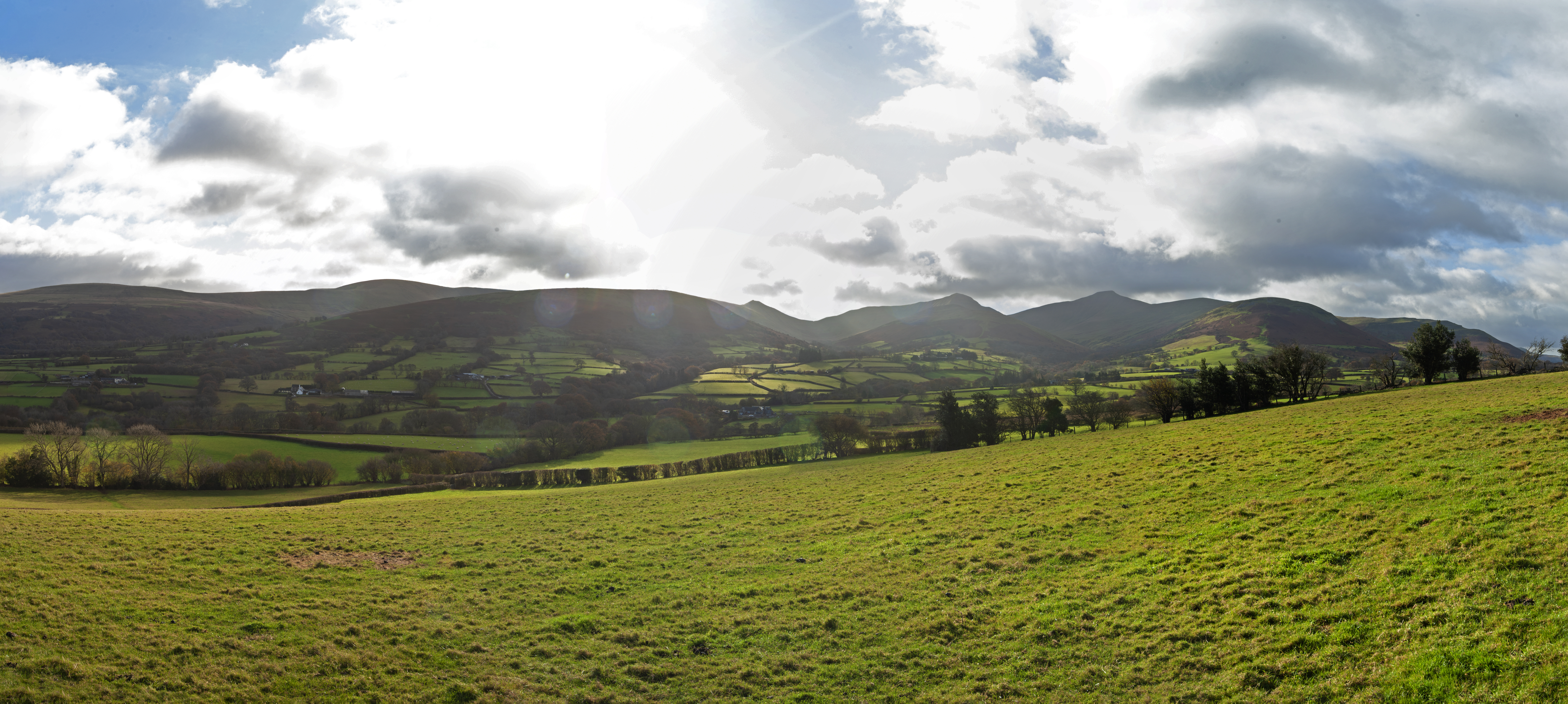The Enhanced Nutrient Management Approach is a one-year scheme to allow a higher rate of nitrogen application from grazing livestock manures. The Approach will run for the calendar year starting on 1 January 2024 to 31 December 2024 and allows for the application of grazing livestock manures either by direct deposition or spreading above 170 kg of nitrogen per hectare (kg/N/ha) to a maximum of 250 kg/N/ha subject to certain conditions.
No other measures contained within the Water Resources (Control of Agricultural Pollution) (Wales) Regulations 2021 (the Regulations) are impacted by the Enhanced Nutrient Management Approach.
Holdings participating in the Enhanced Nutrient Management Approach must submit a notification to NRW by 31 March 2024 alongside a copy of the enhanced nutrient management plan and follow additional requirements.
How to qualify
To qualify holdings must be maintained to ensure at least 80% of the agricultural area is sown with grass during the relevant period.
Only livestock manure produced by the livestock on the holding can be applied whether directly by animals or by spreading. The amount of nitrogen applied to the holding from grazing livestock manure, whether directly by animal or by spreading, must not exceed 250 kg/N/ha. The amount of nitrogen applied to the holding from non-grazing livestock manure, whether directly by animal or by spreading, must not exceed 170 kg/N/ha.
Soil sampling analysis
The occupier must undertake soil sampling analysis of at least every five hectares of the agricultural area of the holding with the same cropping regime, nutrient management regime and soil type. The results of this soil analysis must be used for the purposes of determining the soil phosphorus index for the enhanced nutrient management plan.
The total amount of phosphate from both manufactured phosphate fertiliser and phosphate from organic manure in the growing season in which it is spread must not exceed stated values.
Precision spreading
Precision spreading equipment must be used for the spreading of slurry except where it would not be reasonably practicable to do so and there are requirements restricting the ploughing of grass.
Where any grass on the holding is ploughed, the land must be sown with a crop of high nitrogen demand within four weeks or sown with grass within six weeks. Crop rotations must not include leguminous or other plants fixing atmospheric nitrogen except for grass with less than 50% clover, or any leguminous plants that are under-sown with grass.
All soil must be protected by ensuring that land is covered by crops, stubbles, residues or other vegetation at all times, except where establishing such cover would create a significant risk of soil erosion. Where land has been harvested using a combine harvester, forage harvester or mower, the occupier must ensure that from the first day after harvest to 31 December 2024, conditions set out in the guidance are met.
Supplementary feeding locations
Supplementary feeding locations for livestock must not be located within 20 metres of a watercourse and supplementary drinking locations for livestock must not be located within 10m of a water course on any land and no organic manure can be spread within 15m of surface water unless using precision spreading equipment in which case no organic manure can be spread within 10m of surface water.
Farmers will also be required to keep additional records and fertilisation accounts will be required to be submitted to NRW by 31 March 2025.
NFU Cymru has long been clear that an approach that enables farmers to operate above the 170 kg/N/ha limit from livestock manures is central to an economically, environmentally, socially and culturally sustainable farming industry in Wales. We welcome Welsh Government’s commitment to carry out an economic assessment and to look at alternative measures as part of the four yearly review of the regulations. It is vital that this process is expediated and that a solution that enables farmers to operate above the 170 kg/N/ha limit from livestock manures is provided beyond 2024.
For further information you are referred to the full guidance on the Welsh Government website.

